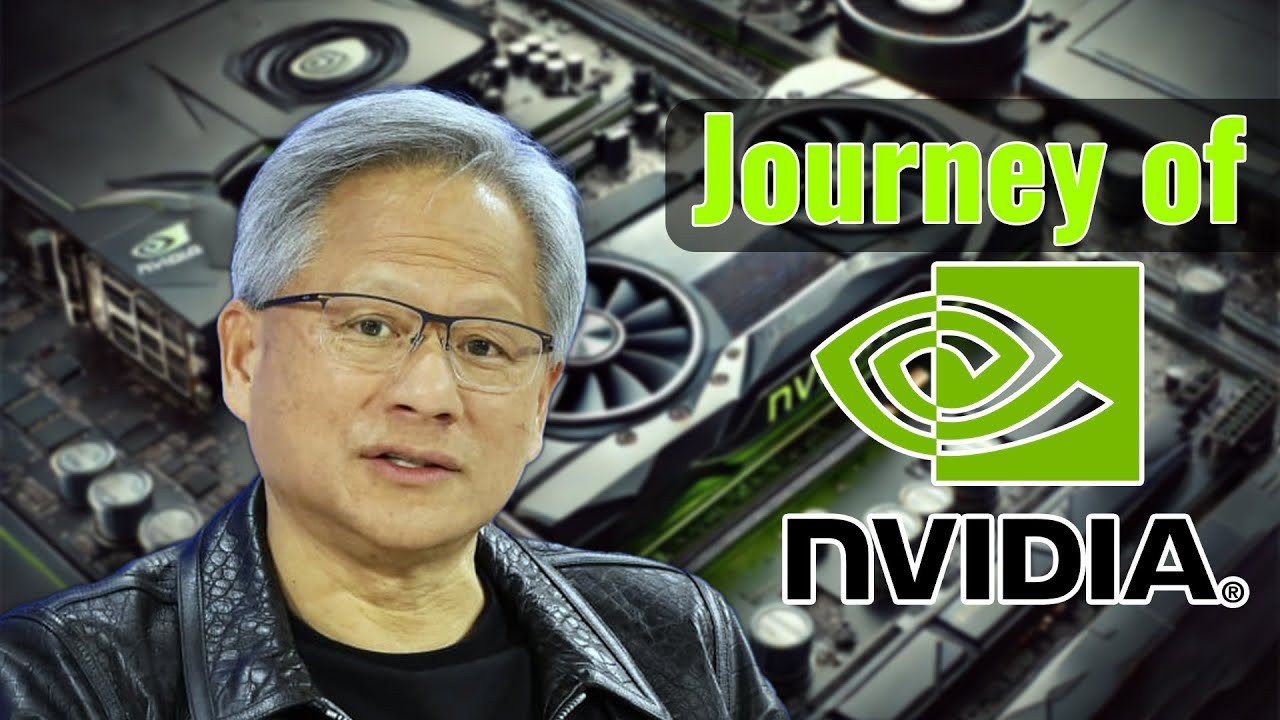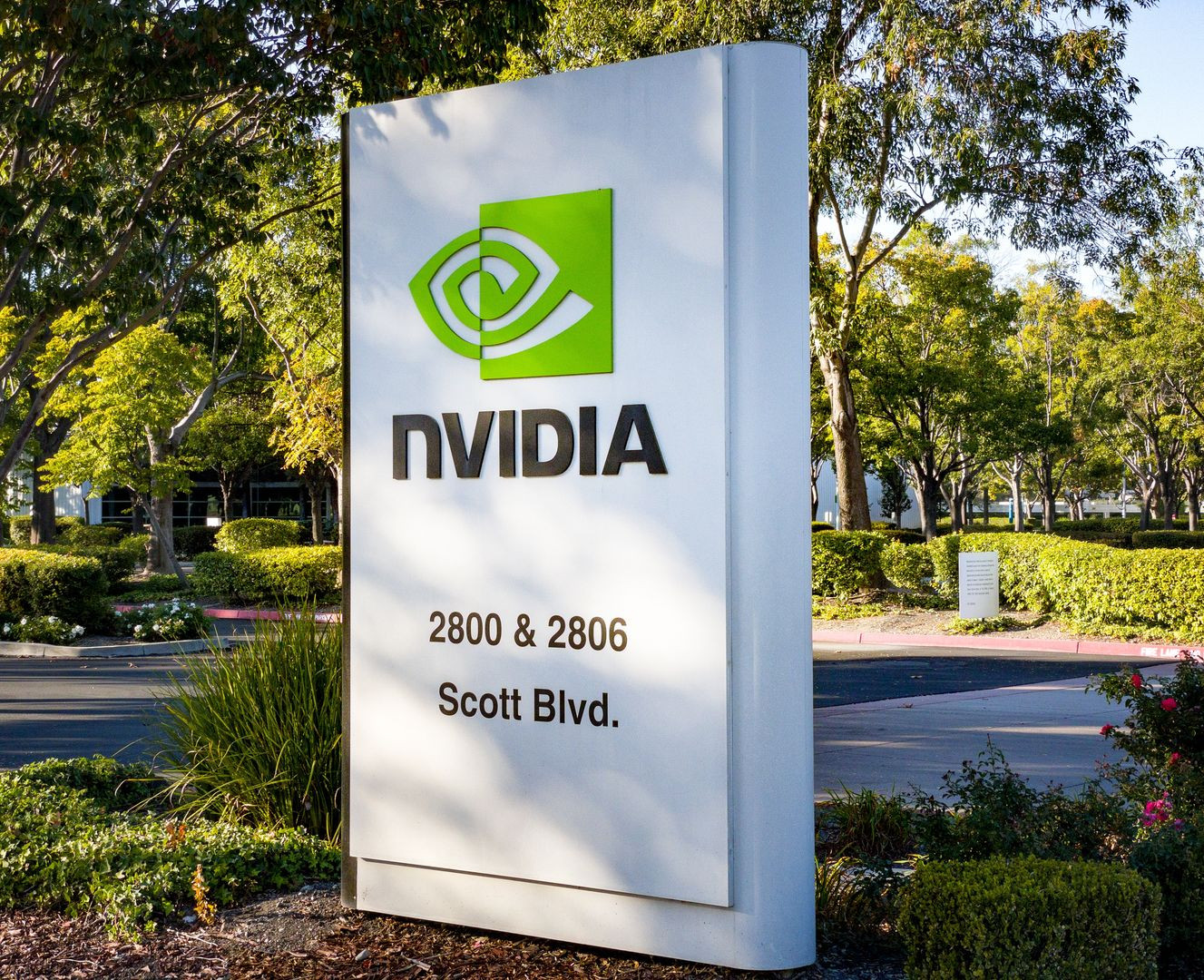Nvidia's CES 2025 Keynote: A Transformative Leap into the Future of AI
Nvidia's founder and CEO, Jensen Huang, delivered a captivating 90-minute keynote address at CES 2025, leaving attendees and the global tech community in awe. The event showcased groundbreaking advancements in various sectors, from gaming and autonomous vehicles to robotics and the revolutionary concept of “physical AI.” The presentation wasn't merely a product launch; it was a declaration of Nvidia’s dominance in shaping the future of artificial intelligence.
Revolutionizing Graphics with GeForce RTX 50 Series
Huang began by acknowledging Nvidia's three-decade journey, highlighting the invention of the programmable GPU in 1999 as a pivotal moment. He then unveiled the GeForce RTX 5090 GPU, boasting an impressive 92 billion transistors and delivering a staggering 3,352 trillion AI operations per second (TOPS). This powerful GPU, described as a “beast” by Huang himself, is designed to harness advanced AI, enabling breakthrough graphics capabilities. The RTX 50 series GPUs are scheduled for release starting in late January and throughout February, with laptop versions expected in March. Key improvements include DLSS 4 with Multi-Frame Generation, boosting performance by up to 8x, and NVIDIA Reflex 2, reducing PC latency by up to 75%. RTX Neural Shaders utilize small neural networks to enhance textures, materials, and lighting in real-time gameplay, while RTX Neural Faces and RTX Hair provide exceptionally realistic digital characters. Finally, RTX Mega Geometry increases ray-traced triangles by up to 100x, resulting in significantly more detail.
Next-Generation Gaming Technologies
The advancements in the GeForce RTX 50 series GPUs extend beyond mere visual enhancements. They are designed to seamlessly integrate with AI, pushing the boundaries of what's possible in gaming. The incorporation of AI accelerates rendering processes, resulting in higher frame rates and smoother gameplay. This represents a significant leap forward, ushering in an era where AI plays a central role in enhancing the gaming experience. These improvements aren't mere incremental upgrades; they are game-changing advancements that redefine the standards for gaming performance and visual fidelity.
Advancing Physical AI With Cosmos
Beyond gaming, Huang introduced the NVIDIA Cosmos world foundation model platform, a game-changer for robotics and industrial AI. He emphasized the significance of “physical AI,” AI that can perceive, reason, plan, and act in the real world, comparing its potential impact to that of large language models on generative AI. He stated that the “ChatGPT moment for general robotics is just around the corner.” Cosmos integrates generative models, tokenizers, and a video processing pipeline, enabling physical AI systems like AVs and robots to simulate every possible future and select optimal actions. Leading companies across robotics and the automotive industry, including Hyundai, Uber, and several others, have already adopted Cosmos. Its open-source nature, available on GitHub, ensures wide accessibility and encourages collaborative development.
Revolutionizing Robotics and Autonomous Vehicles
Cosmos is more than just a platform; it's a catalyst for innovation in robotics and autonomous vehicles. By providing developers with the tools they need to create sophisticated AI models capable of interacting with the physical world, it accelerates the development of autonomous systems. The focus on real-world environments, lighting, and object permanence ensures that the models are practical and effective. This isn't just about theoretical advancements; it’s about building functional, real-world applications.
Empowering Developers with AI Foundation Models
Nvidia isn’t just focusing on hardware; they’re also empowering developers with AI foundation models. Huang introduced AI foundation models for RTX PCs, designed to supercharge digital humans, content creation, productivity, and development. These models, offered as NVIDIA NIM microservices, are accelerated by the new GeForce RTX 50 Series GPUs, leveraging FP4 computing to boost AI inference by up to 2x. Huang highlighted the open-source nature of these tools, enabling developers to modify and integrate them into their software packages. Top PC manufacturers are already launching NIM-ready RTX AI PCs, bringing the power of AI to consumers' homes. This is a strategic move to democratize access to cutting-edge AI capabilities.
Innovations in Autonomous Vehicles
Nvidia is also pushing the boundaries of autonomous driving with the NVIDIA DRIVE Hyperion AV platform. Built on the new NVIDIA AGX Thor system-on-a-chip (SoC), this platform integrates advanced SoCs, sensors, and safety systems. Huang emphasized the importance of synthetic data generated using NVIDIA Omniverse AI models and Cosmos to augment real-world data for training autonomous vehicles. This approach drastically increases training data, leading to safer and more advanced self-driving capabilities. Toyota, a major player in the automotive industry, will be adopting NVIDIA’s technology for its next-generation vehicles, underscoring the widespread acceptance of Nvidia's advancements. The autonomous vehicle revolution, according to Huang, has truly arrived.
Agentic AI and the Future of Digital Manufacturing
The keynote also touched upon agentic AI, highlighting NVIDIA’s AI Blueprints, including tools for tasks such as PDF-to-podcast and video search and summarization. These blueprints integrate NVIDIA AI Enterprise software with platforms from leading providers, allowing developers to build AI agents for automating various workflows. In manufacturing, the NVIDIA Isaac GR00T Blueprint enables the generation of vast amounts of synthetic motion data for training humanoids using imitation learning, showcasing Nvidia's commitment to advancing AI in various industrial sectors. The presentation emphasized the potential for AI-driven automation to reshape the manufacturing landscape.
Project DIGITS: A Personal AI Supercomputer
The grand finale of Huang’s keynote was the unveiling of Project DIGITS, a personal AI supercomputer powered by the GB10 Grace Blackwell Superchip. This compact yet powerful device, expected to be available in May, represents a significant leap forward in making AI supercomputing accessible to a wider audience. Huang emphasized that Project DIGITS is designed for software engineers, engineers, and creative artists, essentially anyone who utilizes computers as tools. The entire NVIDIA AI stack runs on this device, including DGX Cloud, signifying its comprehensive capabilities. This product marks Nvidia’s commitment to democratizing access to advanced AI technology, making powerful AI tools available not only to large corporations but also to individual developers and researchers.
Nvidia's Unprecedented Success
The excitement surrounding Nvidia's CES 2025 keynote wasn’t limited to the product announcements. The company saw a substantial increase in its market value, briefly becoming the most valuable company in the world. This reflects investor confidence in Nvidia's innovative technology and its role in shaping the future of AI. The phenomenal growth highlights Nvidia's strategic vision and its capacity to consistently deliver cutting-edge solutions. Its impact extends far beyond the tech sector, reaching diverse industries and profoundly influencing the world.

















